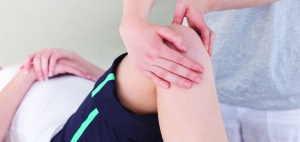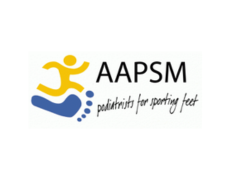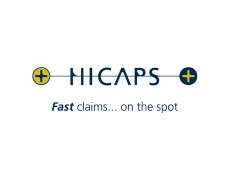You may not immediately think of knee pain as being related to a problem with your feet, but poor foot function can be a factor that causes pain further up the body, in joints such as the knees, hips, and lower back.
There are commonly two types of injuries which can cause knee pain:
- Overuse injuries
- Acute injuries eg. Ligament tear.
The most common cause of knee pain related to the feet is excessive foot flattening or rotation, which can force the knee to roll inwards in an abnormal position. Various factors can cause overuse injuries to the knee, including poor footwear, inappropriate training programs and inadequate training surfaces (eg. bitumen or soft sand).Another major cause is abnormal alignment of the foot and lower leg.
Flat Feet – with flat or excessively pronated feet, the result is excessive internal rotation of the lower leg at the same time that the upper leg is rotating in the opposite direction due to forces produced during walking. The knee is the area that therefore must absorb these twisting forces, and thus injuries occur. Also, pronated feet result in a valgus, or ‘knock-knee’ position, which results in various muscles exerting their pull in incorrect directions.
High-arched feet – high arched, or excessively supinated feet, do not allow the shock absorption needed during walking. The knee must therefore take too much force to absorb this shock, and this is when overuse injuries will occur.
Patellofemoral syndrome – with pronated feet the knees move into the ‘knock-kneed’ position. This causes the patellar tendon (which connects the muscles of the thigh to the lower leg via the knee cap/patella which acts as a pulley) to pull in the wrong direction. The patella thus runs over areas in the knee that it is not supposed to, and eventually this will result in injury and pain. The pain is often felt with bent-knee activity, like squatting and walking upstairs.
Iliotibial band syndrome – the muscle which runs down the outside of the thigh, and which crosses the knee, is the iliotibial band. With excessive pronation, this muscle shortens over time and is therefore subject to pain and injury. Pain is felt on the outer edge of the knee joint.
Osgood shlatters disease – this commonly affects teenagers, and is an inflammation of the growth plate of the tibia (lower leg bone), which is situated just below the kneecap.
Treatment
Orthoses – Help to correct foot, leg and knee to function, and thus forces are distributed correctly throughout the leg.
Exercises – strengthening and stretching of muscles around the knee to help reduce your knee pain
Dry Needling
 Rest, ice, compression
Rest, ice, compression
Taping of the knee
Wearing appropriate footwear
If you have knee pain that you can’t seem to get rid of, consider booking in with one of our specialist sports podiatrists for a biomechanical assessment.






